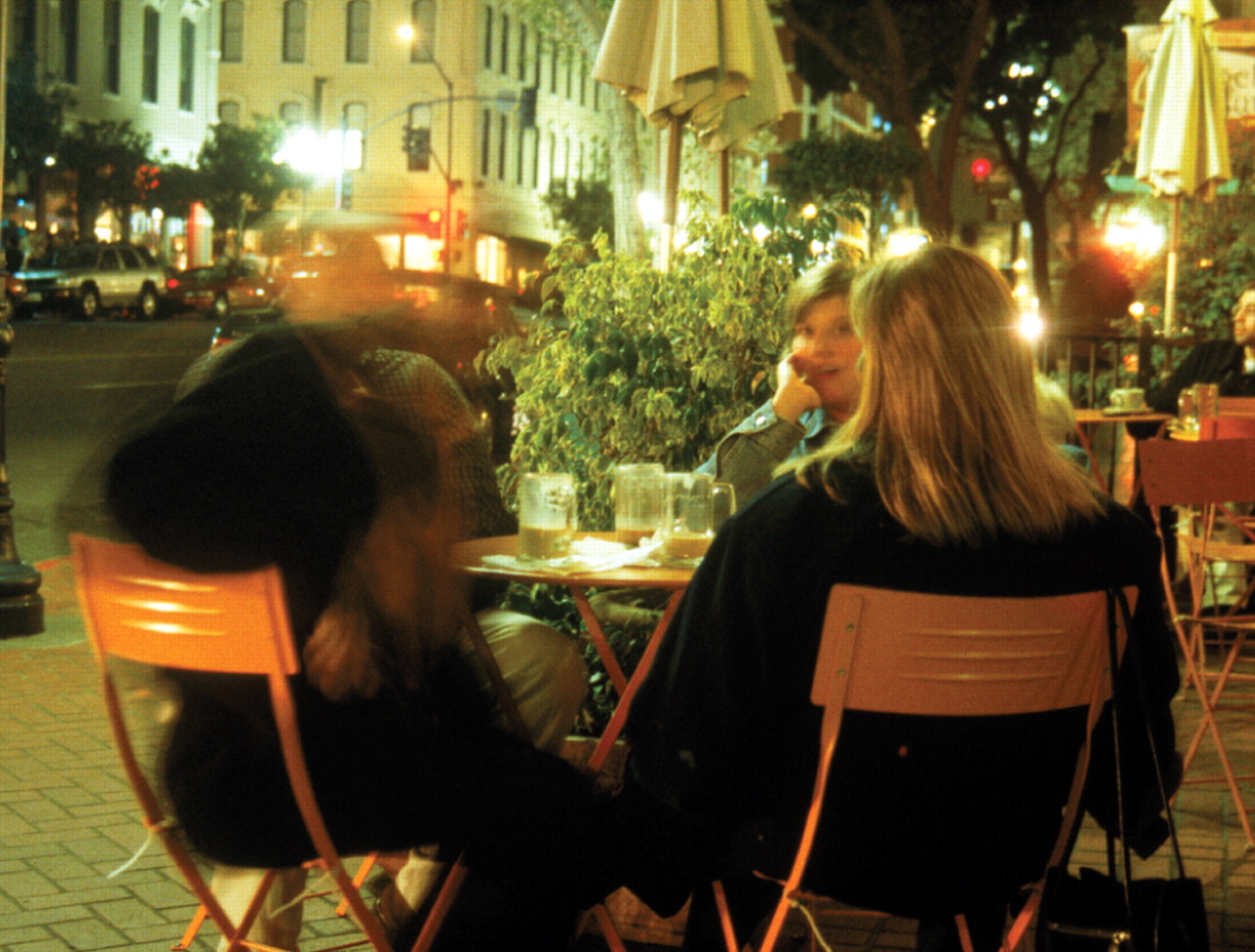As the sun sinks behind the Pacific Ocean, gas lights in San Diego's Gaslamp Quarter switch on, bathing majestic Victorian office buildings in a golden, mesmerizing glow.
It may be time to “hang up your hat” as far as attending annual-meeting sessions goes and to head to one of San Diego's most historic and alluring districts.
It all began in 1850 when a San Franciscan named William Heath Davis started developing land near Market Street in downtown San Diego. He had prefabricated houses delivered to San Diego by ship and settled in one himself.
In 1867, a San Franciscan named Alonzo Horton arrived in San Diego. He built a wharf at the end of Fifth Avenue, near San Diego Bay, as well as a bank and public theater. He also purchased some 800 acres of land on the waterfront and then sold the property as commercial and residential lots. San Diego started to attract settlers from all over the country. Stalwart and elegant commercial buildings arose.
However, San Diego's prosperity also attracted a less refined, rowdier crowd. Saloons with such sinister names as Old Tub of Blood and First and Last Chance sprang up in the area. So did gambling houses and bordellos. Probably the most infamous madam was feisty, redheaded Ida Bailey. In 1903, she opened a pale yellow house set behind a white picket fence at 530 Fourth Avenue, where she and her girls entertained men with fat wallets and lusty appetites.
By 1913, influenced by a wave of citizen protests, prostitution had been outlawed in the quarter. Nonetheless, the area experienced more decades of decay, especially as San Diegans worked downtown but didn't stay past 5 in the evening. Criminals and the homeless populated the district.
Finally, during the 1970s, San Diegans decided that downtown San Diego should be revitalized. And in a few short years it was transformed into the Gaslamp Quarter—a place that was beautiful, elegant, fun, and safe.“ Even the homeless were hired to walk security detail in the quarter,” one San Diegan proudly reported on her Web site in 2003.
Today the quarter has more than 90 historic or architecturally notable buildings. Some have been converted into residences, with many affluent professionals choosing to make this area their home. Other buildings house art galleries, theaters, bars, coffee houses, restaurants, and shops. Most of the shops keep late hours so that shopping can be easily combined with other activities.
For those interested in the Wild West, Gaslamp Books and Museum houses the largest collection of Wyatt Earp memorabilia available. Wyatt Earp, the gambler, sheriff, and boxing referee who populates many a Western legend, lived in San Diego in the 1880s. The museum also contains rare books and historic photos from San Diego's past.
The focal point of the Gaslamp Quarter is William Heath Davis's house, located at 410 Island Avenue. There, visitors can tour the house and obtain information about the quarter's buildings, activities, and walking tours.
The Gaslamp Quarter begins two blocks from the San Diego Convention Center. More information about the quarter is posted at<www.gaslamp.org>.▪

